Bembidion (Bracteon)
Bembidion litorale group
David R. Maddison.png?x=850878110)


This tree diagram shows the relationships between several groups of organisms.
The root of the current tree connects the organisms featured in this tree to their containing group and the rest of the Tree of Life. The basal branching point in the tree represents the ancestor of the other groups in the tree. This ancestor diversified over time into several descendent subgroups, which are represented as internal nodes and terminal taxa to the right.

You can click on the root to travel down the Tree of Life all the way to the root of all Life, and you can click on the names of descendent subgroups to travel up the Tree of Life all the way to individual species.
For more information on ToL tree formatting, please see Interpreting the Tree or Classification. To learn more about phylogenetic trees, please visit our Phylogenetic Biology pages.
close boxIntroduction
The Bembidion litorale group (subgenus Bracteon) is a group of 17 species distributed throughout the Holarctic region. Most species of this group occur on sandy beaches of rivers and lakes. Generally the shores have no vascular plants, although some species (e.g. B. inaequale) prefer areas of sparse vegetation. B. zephyrum occurs on the beaches of the Pacific Ocean. Adult Bracteon run on the beaches during the day and night; if approached on a warm, sunny day, they will take flight. They can be difficult to capture without a net.

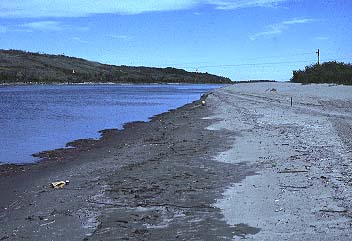
Members of Bracteon can be abundant, with several species often living on the same beach. On a sandy beach of the North Saskatchewan River near Paynton, Saskatchewan, shown in this picture, seven species of the subgenus have been found together (B. balli, B. foveum, B. lapponicum, B. carinula, B. punctatostriatum, B. levettei, and B. inaequale).
To see a collection of pictures of adults of all but one of the known species, check out the gallery.
The species can be distinguished by external characteristics (see the Key to Species), although examination of male genitalia is sometimes necessary for greater certainty in the identification. (For a glossary of names of parts of male genitalia and other structures, see the Glossary.) More details can be found in the most recent revision of this group by Maddison (1993).
Characteristics
Elytra of all species have "silver spots" (areas of distinctive granulate microsculpture) surrounding discal setae. Most species have in addition darker, shinier areas of the elytra called "mirrors", as shown in the following figure:
The only two species lacking mirrors are B. balli and B. foveum. In the remaining 15 species of the subgenus, the extent and complexity of the mirrors varies. Mirror patterns provide some of the best features for distinguishing species.
Discussion of Phylogenetic Relationships
The phylogeny depicted above was inferred using 85 morphological characters of adult and larval exoskeleton and chromosomes by Maddison (1993). A parsimony analysis yielded numerous most-parsimonious trees, of which the one above summarizes a subset of trees that are relatively parsimonious under several weighting schemes, and that show the B. litorale group to be monophyletic.
However, the support for the bold hypothesis presented above is not very strong. There is some evidence that the B. litorale group is not monophyletic. Some of the most parsimonious trees have the group shattered into two or three clades, distributed among members of the B. coxendix group (subgenus Odontium) and the B. americanum group (subgenus Ochthedromus). A more cautious hypotheses would be as follows:
===================== subgenus Pseudoperyphus
|
||||||||||||||||||||| subgenus Ochthedromus
|
||||||||||||||||||||| subgenus Odontium
|
| =============== balli
======|
| =============== foveum
|
| =============== alaskense
| |
======|============== argenteolum
| |
| =============== semenovi
|
===================== carinula
|
===================== stenoderum
=====|
===================== velox
|
===================== lapponicum
|
===================== punctatostriatum
|
| =============== hesperium
| |
| =============== lorquinii
| |
| =============== zephyrum
| |
======| ========= litorale
| |
| ========= conicolle
======|
| === inaequale
======|
=== levettei
Note that the subgenera Ochthedromus and Odontium are shown here as being potentially paraphyletic.
The primary evidence for monophyly of the B. litorale group is the presence of unique silver spots on the elytra; if this character, not seen elsewhere in carabids, is given slightly higher weight, then the most-parsimonious trees show the group to be monophyletic. Maddison (1993) considered the evidence against monophyly to be found in characters of questionable value for phylogenetic inference, and so favored the bolder tree shown at the top of this page. The tree above is a consensus tree of all of the most-parsimonious trees in which the B. litorale group is monophyletic.
Geographic Distribution
A holarctic group, common north of 45°, as shown in red in the following figure:
Other Names for Bembidion (Bracteon)
- Stylobracteon
- Litoreobracteon
- Parabracteon
- Foveobracteon
- Chrysobracteon
- Argyrobracteon
- Conicibracteon
- Bembidion litorale group
References
Lindroth, C. H. 1962. Revision of the subgenus Chrysobracteon Net., genus Bembidion Latr. (Col. Carabidae). Opuscula Entomologica, 27: 1–18.
Lindroth, C. H. 1963. The ground-beetles (Carabidae, excl. Cicindelinae) of Canada and Alaska. Part 3. Opuscula Entomologica, Supplementum XXIV, pp. 201–408.
Lindroth, C. H. 1965. Two new species of subg. Chrysobracteon (genus Bembidion), from Alaska and Siberia (Col. Carabidae). Opuscula Entomologica, 30: 125–128.
Maddison, D. R. 1993. Systematics of the Holarctic beetle subgenus Bracteon and related Bembidion (Coleoptera: Carabidae). Bulletin of the Museum of Comparative Zoology 153(3): 143-299.
Title Illustrations

| Scientific Name | Bembidion balli |
|---|---|
| Location | Canada: Saskatchewan: Paynton Ferry |
| Identified By | David Maddison |
| Sex | Male |
| Image Use |
 This media file is licensed under the Creative Commons Attribution License - Version 3.0. This media file is licensed under the Creative Commons Attribution License - Version 3.0.
|
| Copyright |
© 2004 David R. Maddison

|
| Scientific Name | Bembidion lapponicum |
|---|---|
| Location | Canada: British Columbia: Hope |
| Sex | Male |
| Image Use |
 This media file is licensed under the Creative Commons Attribution License - Version 3.0. This media file is licensed under the Creative Commons Attribution License - Version 3.0.
|
| Copyright |
© 2004 David R. Maddison

|
| Scientific Name | Bembidion levettei |
|---|---|
| Location | Canada: British Columbia: Malakwa |
| Sex | Male |
| Image Use |
 This media file is licensed under the Creative Commons Attribution License - Version 3.0. This media file is licensed under the Creative Commons Attribution License - Version 3.0.
|
| Copyright |
© 2004 David R. Maddison

|
About This Page
David R. Maddison

Oregon State University
Correspondence regarding this page should be directed to David R. Maddison at
Page copyright © 2012 David R. Maddison
 Page: Tree of Life
Bembidion (Bracteon) . Bembidion litorale group.
Authored by
David R. Maddison.
The TEXT of this page is licensed under the
Creative Commons Attribution License - Version 3.0. Note that images and other media
featured on this page are each governed by their own license, and they may or may not be available
for reuse. Click on an image or a media link to access the media data window, which provides the
relevant licensing information. For the general terms and conditions of ToL material reuse and
redistribution, please see the Tree of Life Copyright
Policies.
Page: Tree of Life
Bembidion (Bracteon) . Bembidion litorale group.
Authored by
David R. Maddison.
The TEXT of this page is licensed under the
Creative Commons Attribution License - Version 3.0. Note that images and other media
featured on this page are each governed by their own license, and they may or may not be available
for reuse. Click on an image or a media link to access the media data window, which provides the
relevant licensing information. For the general terms and conditions of ToL material reuse and
redistribution, please see the Tree of Life Copyright
Policies.
Citing this page:
Maddison, David R. 1995. Bembidion (Bracteon) . Bembidion litorale group. Version 01 January 1995 (under construction). http://tolweb.org/Bembidion_%28Bracteon%29/367/1995.01.01 in The Tree of Life Web Project, http://tolweb.org/




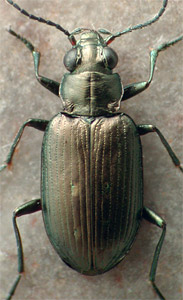
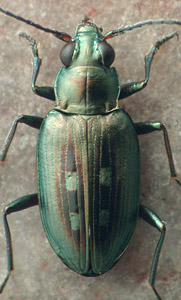
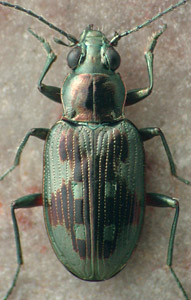
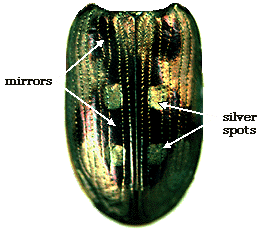
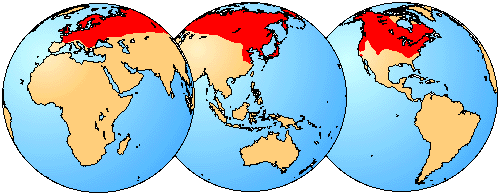




 Go to quick links
Go to quick search
Go to navigation for this section of the ToL site
Go to detailed links for the ToL site
Go to quick links
Go to quick search
Go to navigation for this section of the ToL site
Go to detailed links for the ToL site